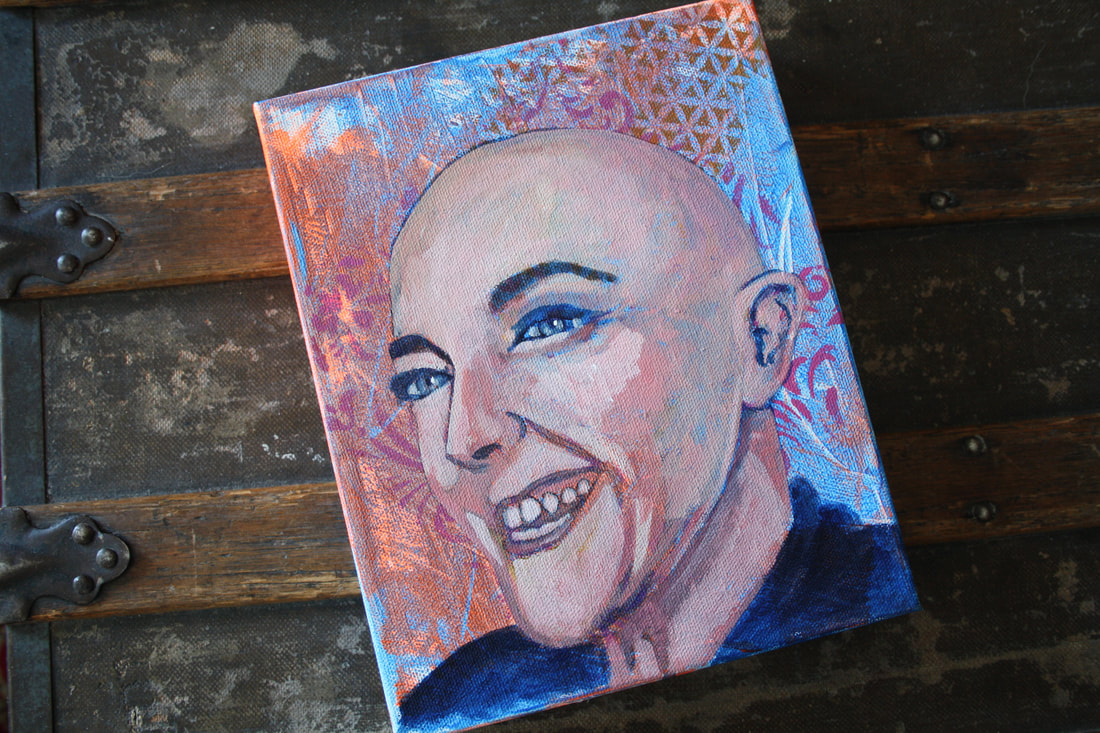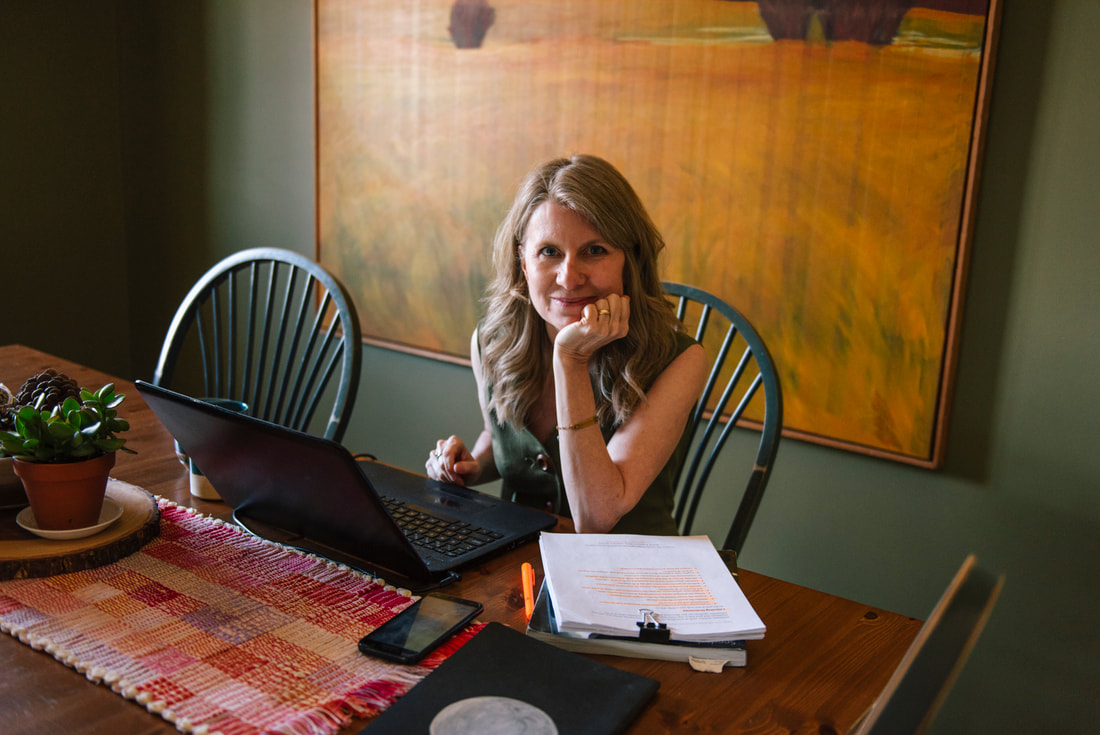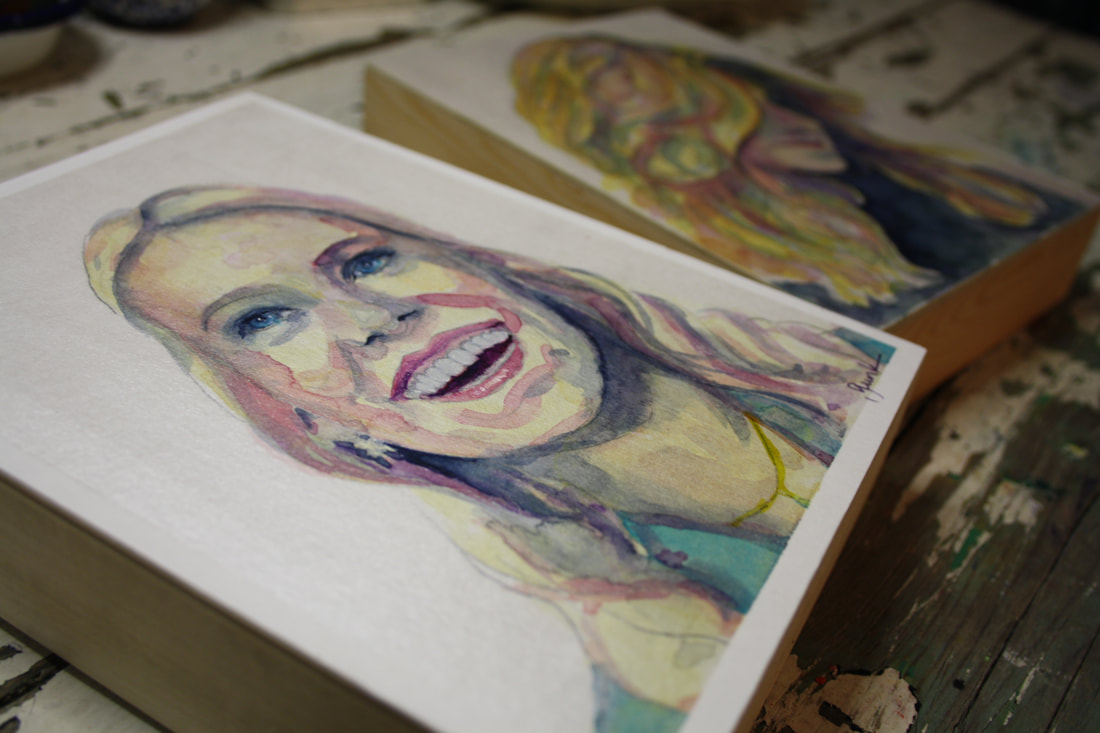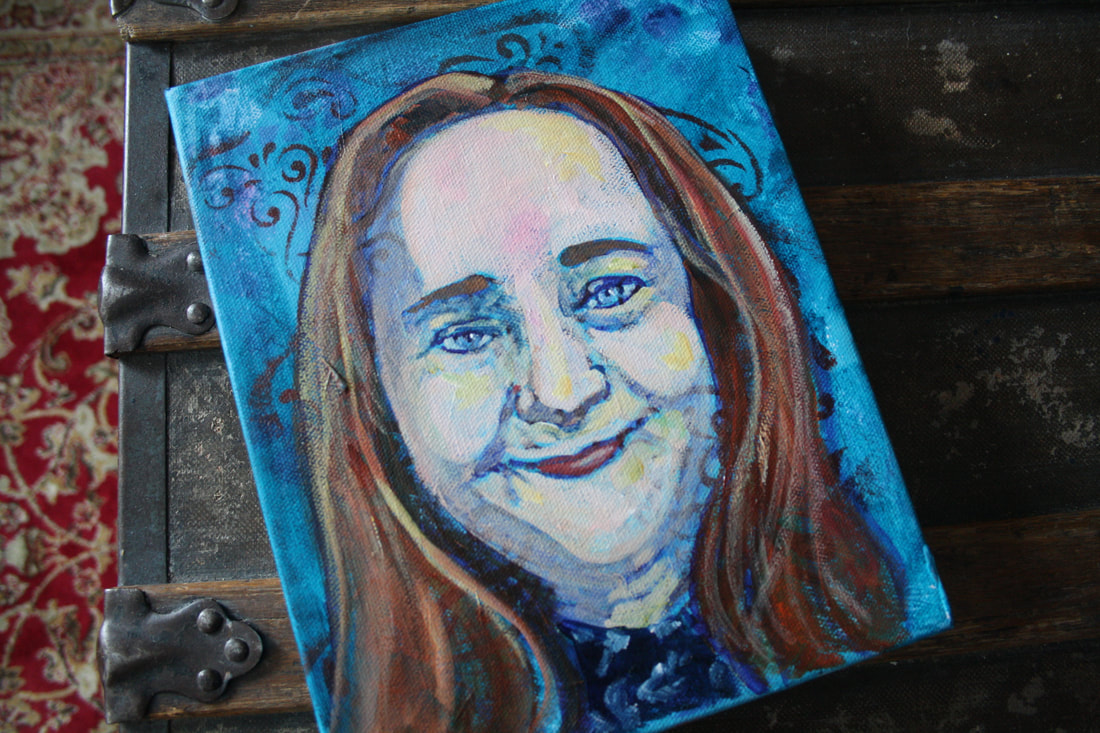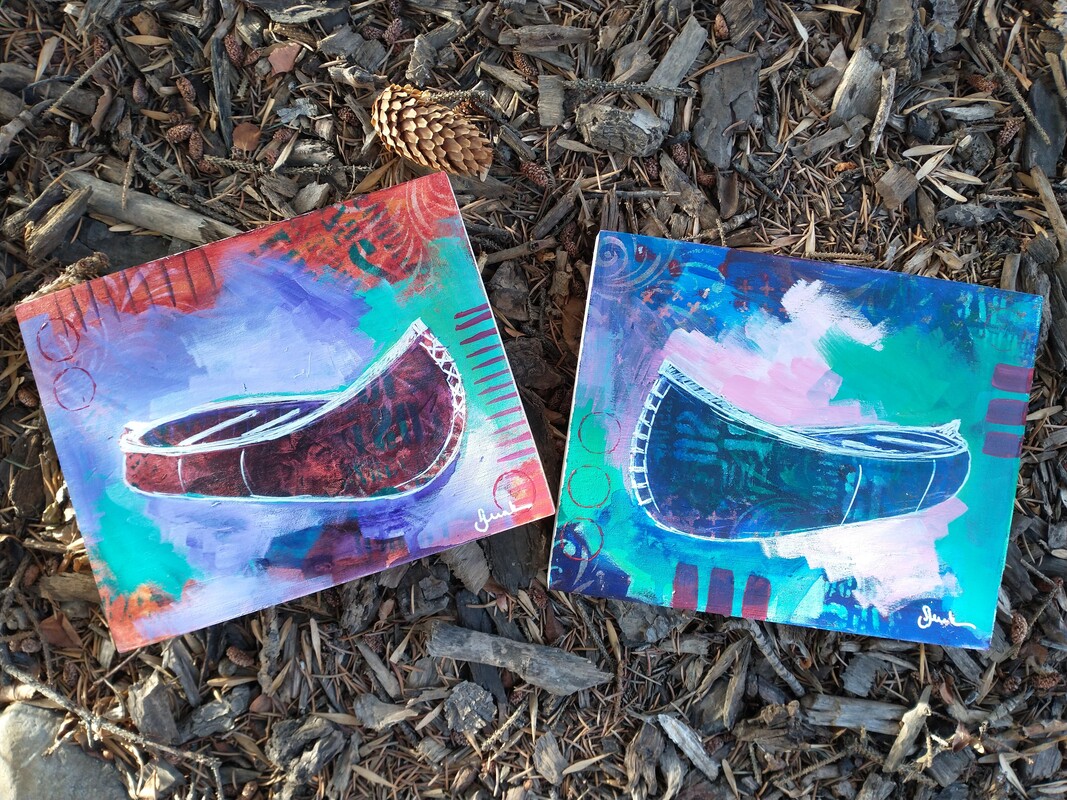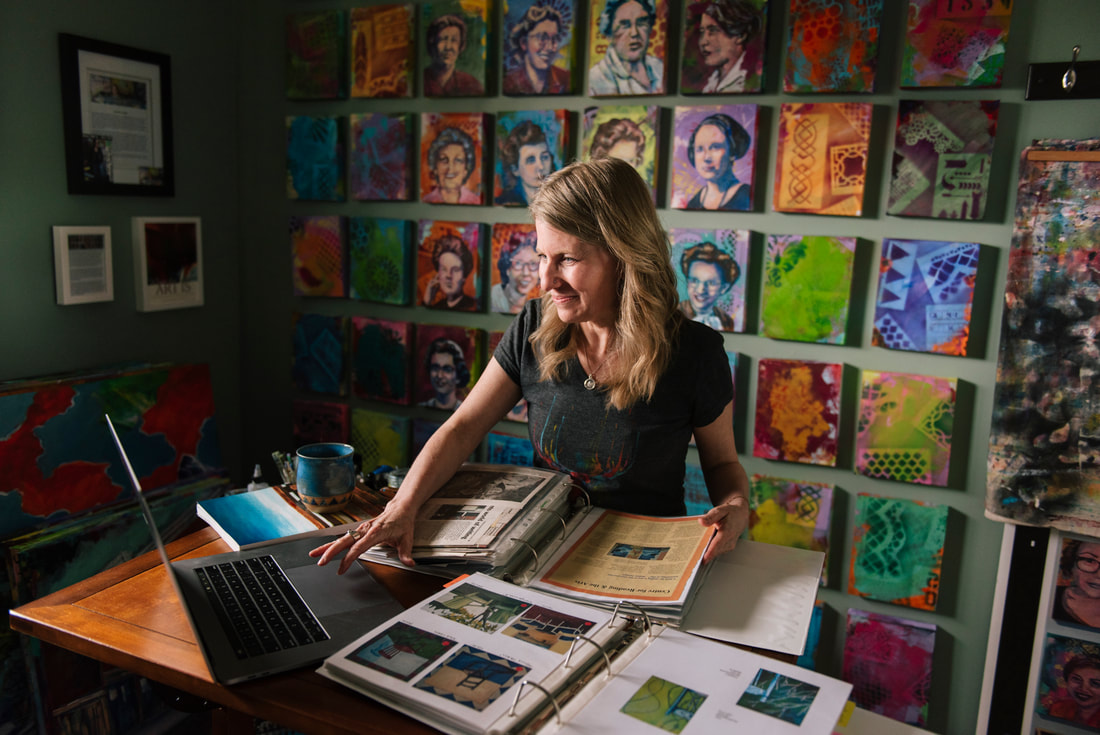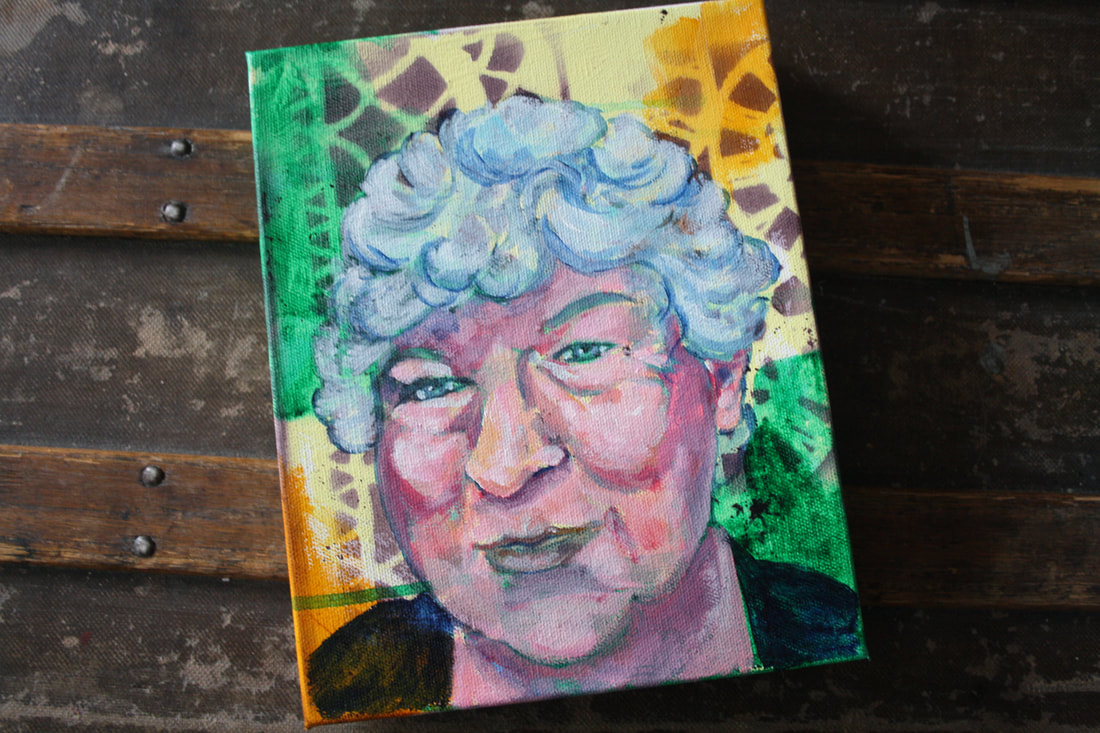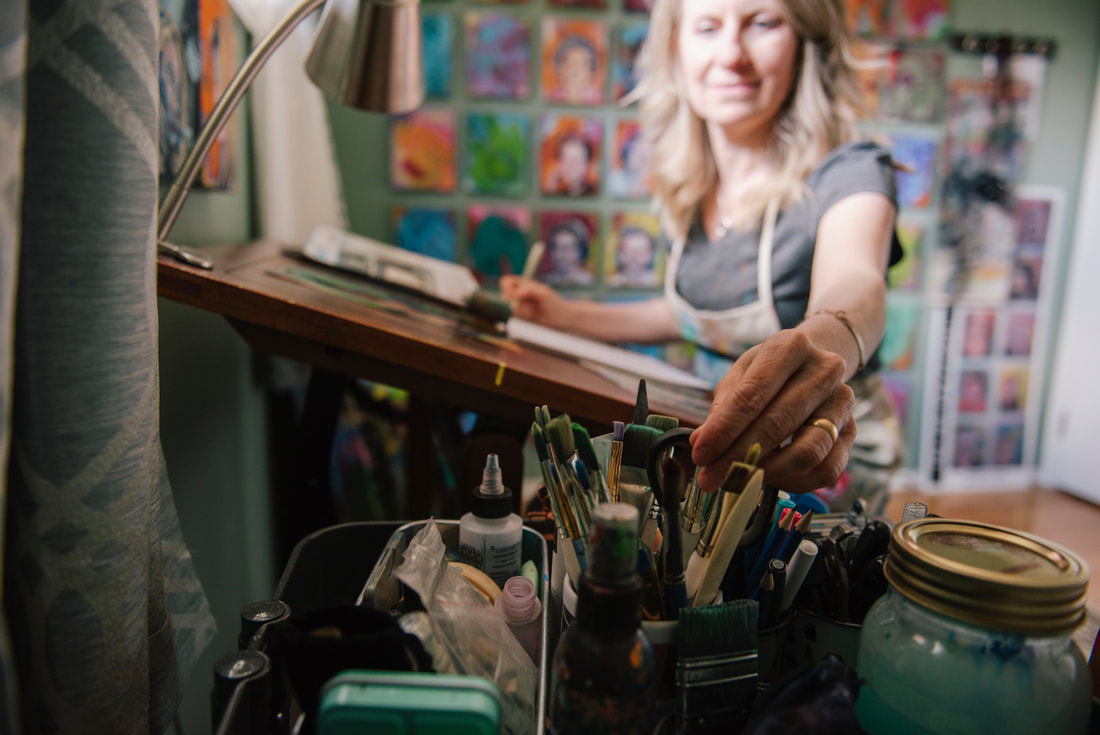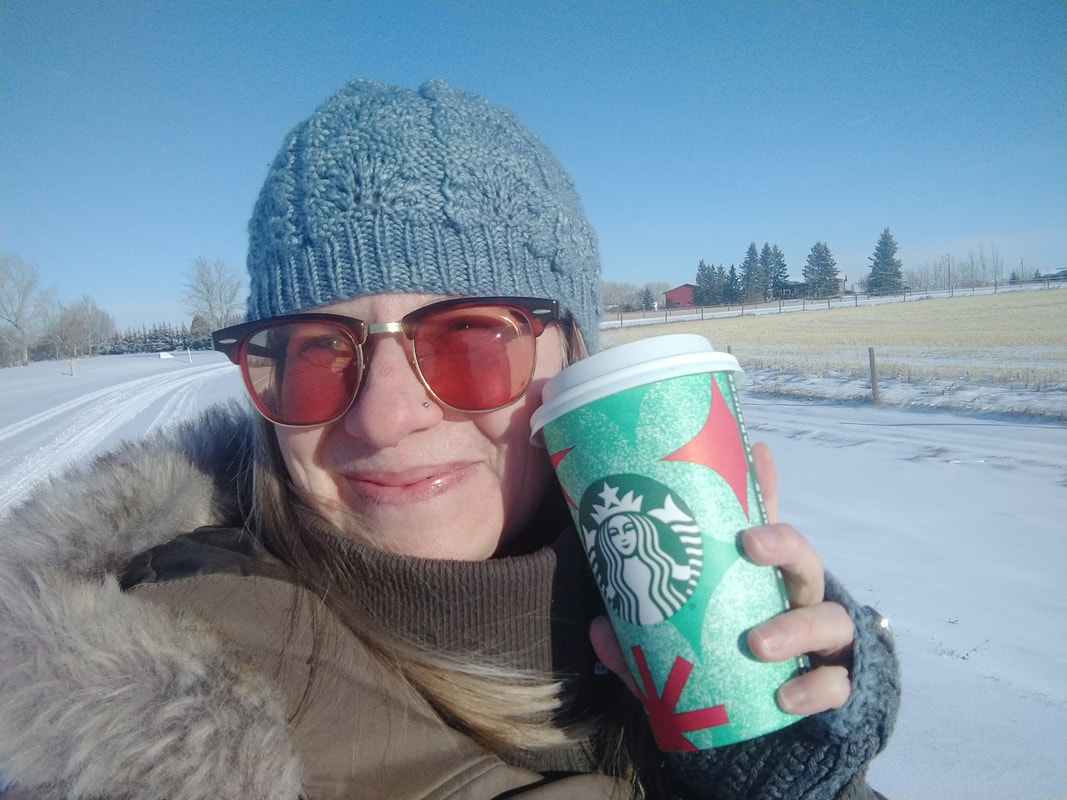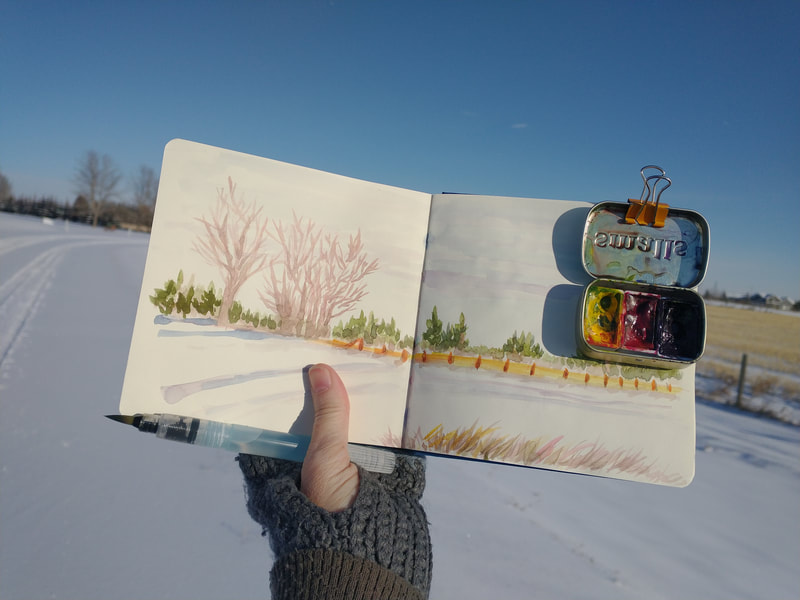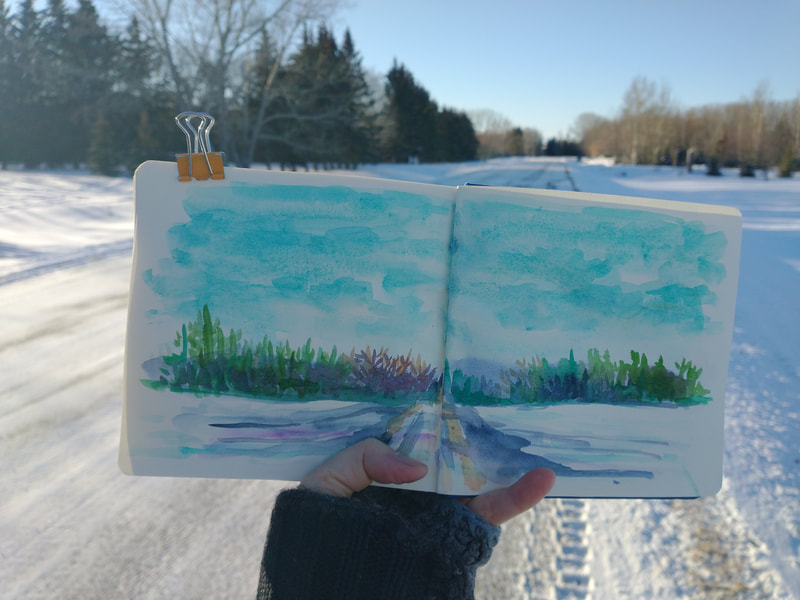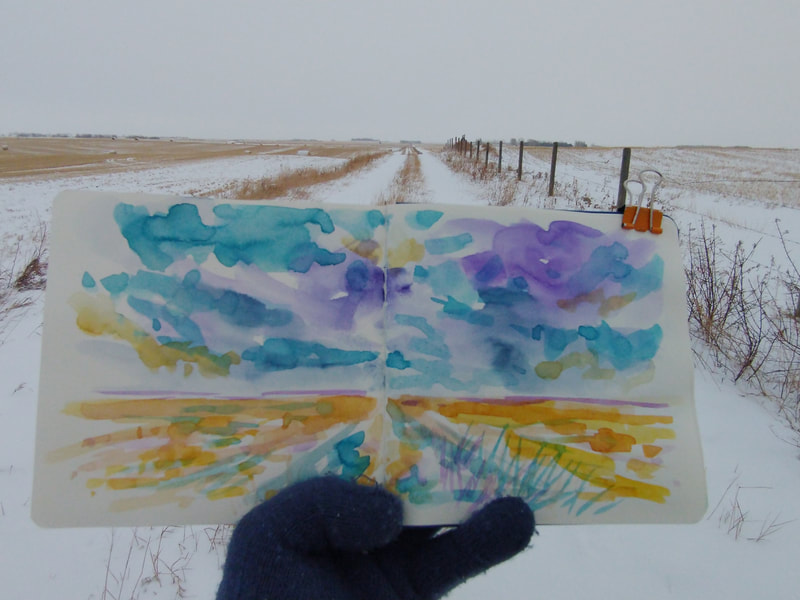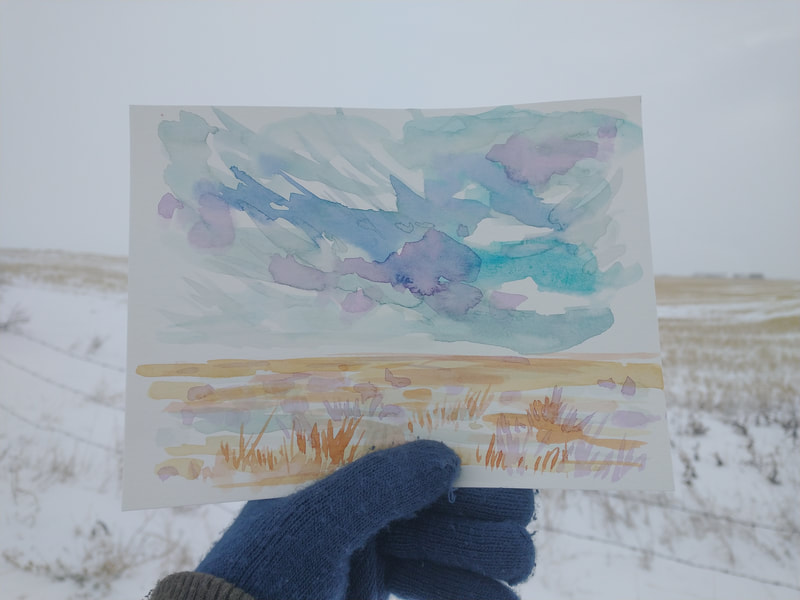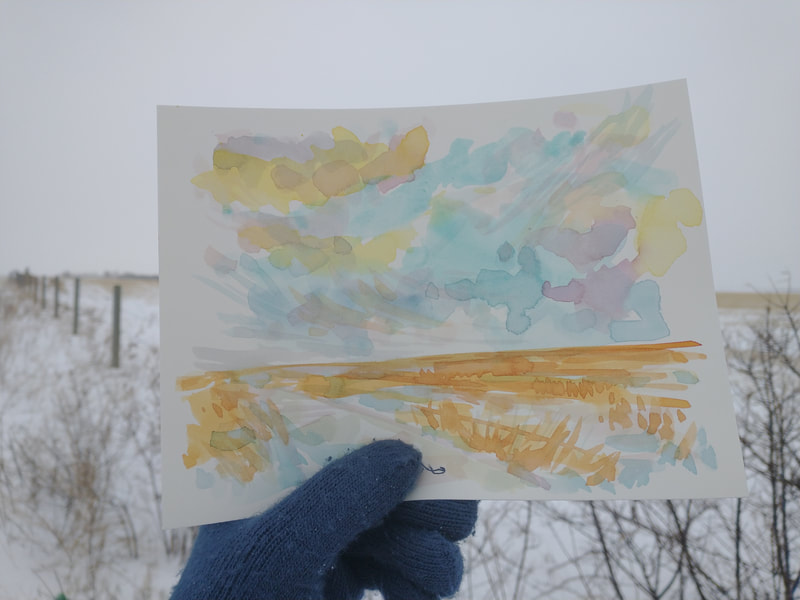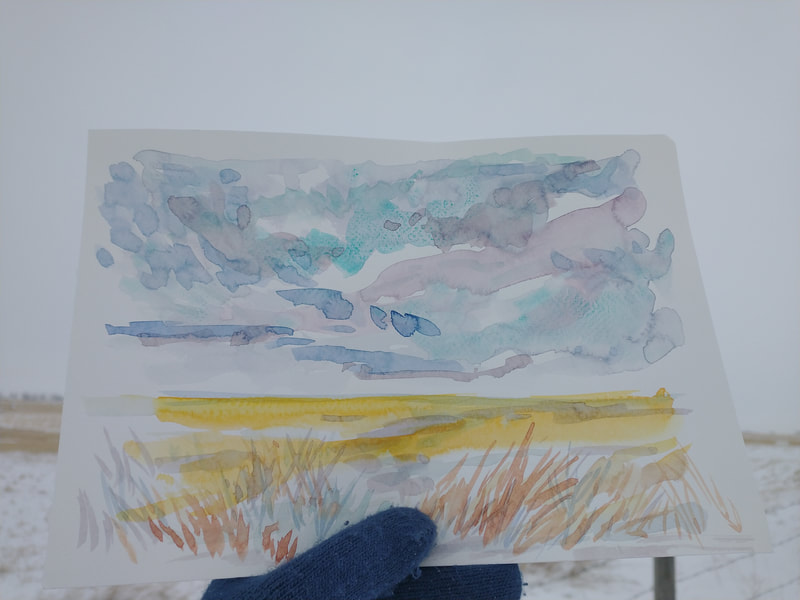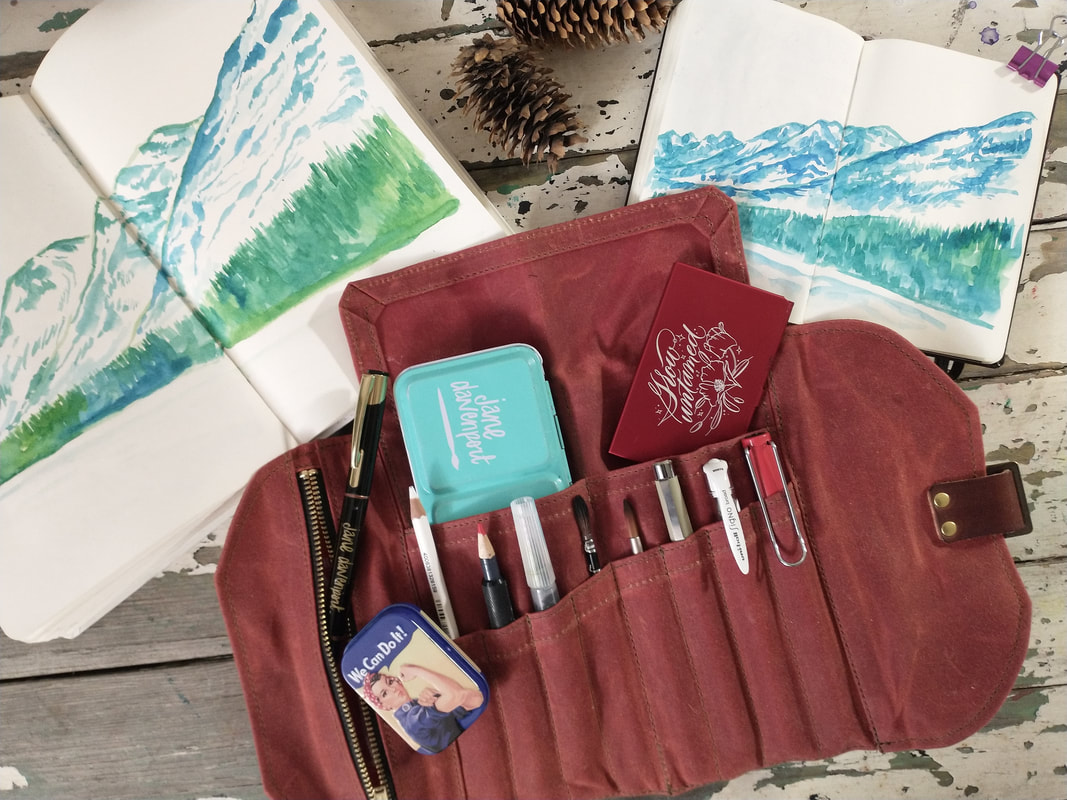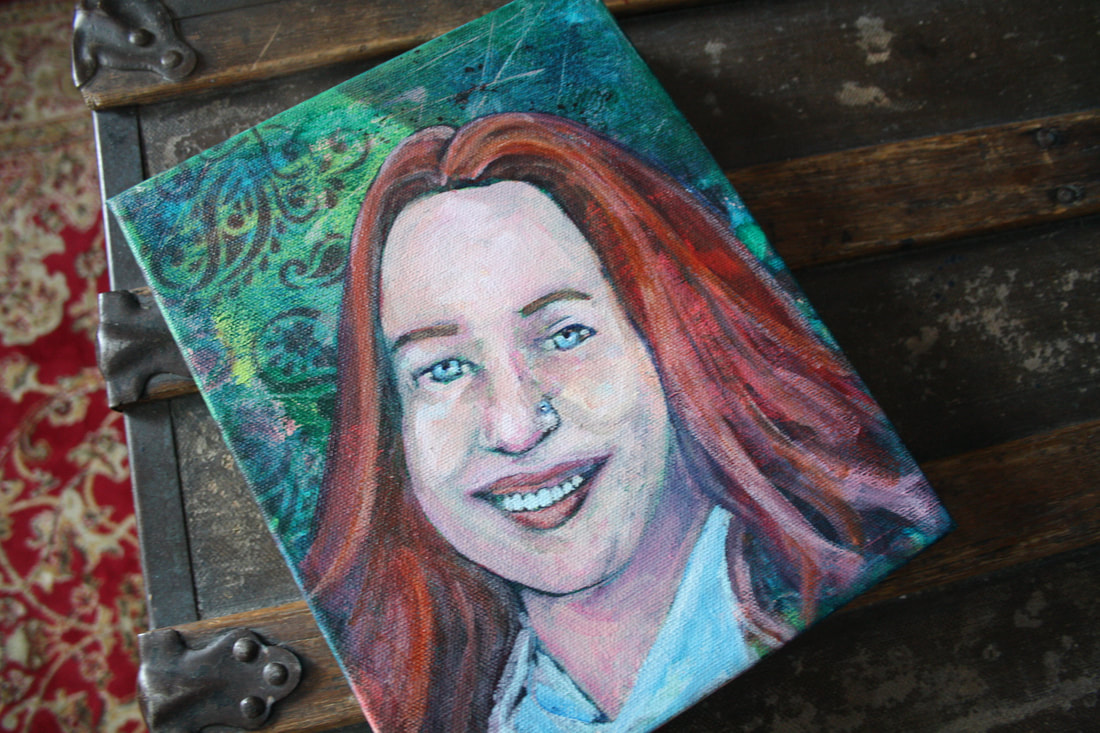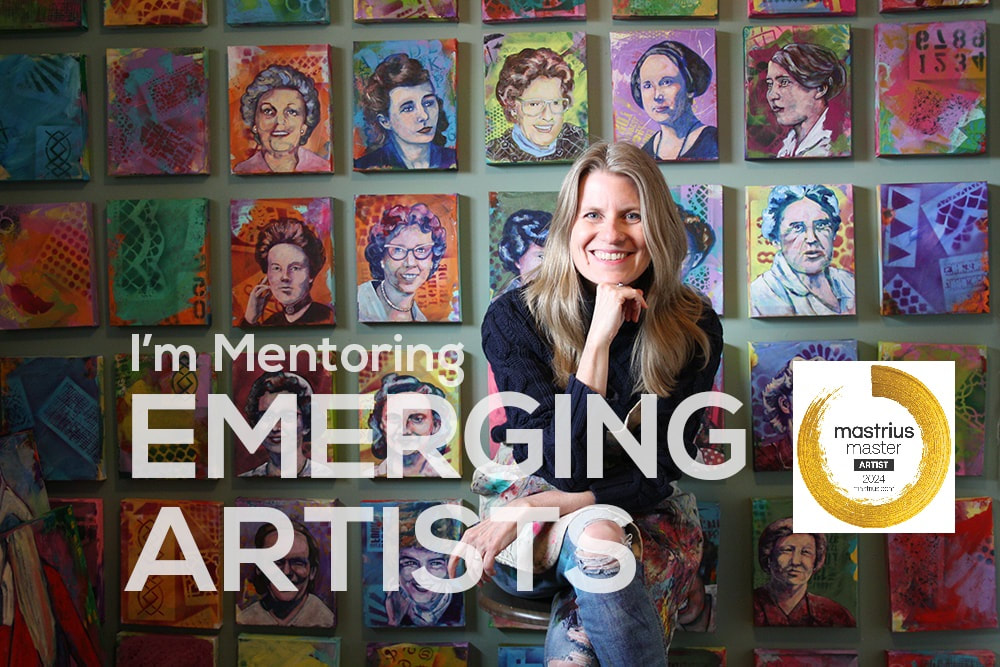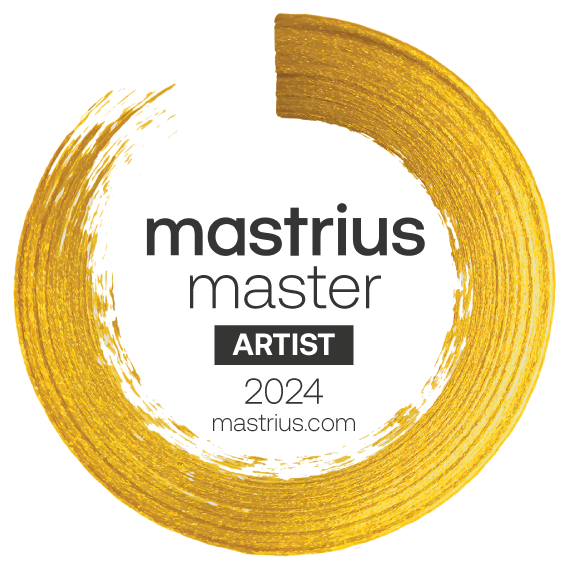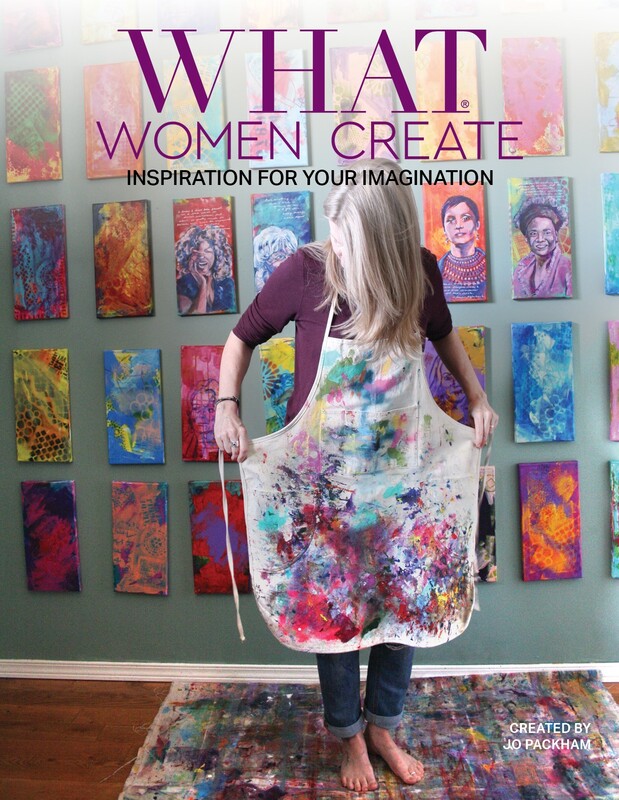|
"Standing up at the front of the class, I peered out at my classmates. Aged eight, I was a confident little girl, but couldn’t help feeling slightly nervous. Taking a deep breath, I said, ‘I have alopecia. My hair might fall out.’ A few weeks before, my mum, Pat, had taken me to a dermatologist after discovering a bald patch, the size of a 20-cent piece, on the crown of my head. Officially diagnosing me, the specialist was unable to explain why I had the condition. I had no family history and I wasn’t experiencing stress, which can be a trigger. ‘You might lose patches or all your hair might fall out, it’s hard to say,’ he said, prescribing a steroid ointment to slow the progress. But within eight weeks of my diagnosis, my thick, luscious strawberry blonde hair had all fallen out. It was traumatic, as clumps fell out on my pillow, in the shower and even into my food. ‘I don’t want to lose my hair,’ I sobbed to Mum. ‘It’ll be okay, darl’,’ she soothed. Out in public, everyone stared at me. Most people presumed I was sick with cancer. At school I took it in my stride at first. But that all changed when I started high school. Suddenly, it was all about looks. My mates avoided inviting me to sleepovers, as they spent the evening braiding each other’s hair. I felt like an outcast. My nan, Margaret, made me crochet hats which I wore 24/7. I felt safe under the hats. They were my armour. At times, tiny tufts of hair would appear and I’d get excited, but then they’d fall out too. I also lost my lashes and brows, but luckily they both grew back. When I was 15, my hair started growing back much more than usual. Incredibly, after 12 months, my strawberry strands had grown down to my shoulders. Every time I ran my fingers through my shiny hair, I felt a burst of excitement. And having hair brought new experiences. Boys were noticing me and I had a surge of confidence. Starting a part-time job, I made new mates, not having to worry about my previous baldness. The next few years were bliss, I even got a boyfriend, called Chris. But when I was 21, I noticed my hairline was getting thinner. My heart sank each time I found a bald patch.
Desperately trying to cover it up, I’d wear thick headbands or put my hair in a ponytail. Eventually, my hair was drastically thinner and I knew I had to tell Chris. ‘It’s okay, I’m here for you,’ he promised. Soon, I was completely bald again. For the first time, I decided to get a wig. I opted for a suction wig, which fits securely onto the scalp. Putting on my new blonde wig and looking into the mirror, I felt great. Starting a new job, it meant I didn’t have to tell them about my condition. So I wore the wig everywhere, including when Chris and I got married in 2006. When I gave birth to our daughter, Isabella, I did decide to leave it at home – and my obstetrician didn’t even recognise me! No-one could say if Isabella would inherit my alopecia, but I checked her hair every day, desperately hoping she wouldn’t. And when our son, Michael, was born, I did the same with him. My own hair journey continued to be a battle, as it occasionally grew and then fell out again. I became quite obsessed, counting every strand that fell out. But I knew I couldn’t do this anymore. Hair was consuming my every thought. ‘I’m tired of living like this. I’m going to shave all my hair off and no longer cover it up,’ I told Chris when our kids were aged 11 and nine. Chris was cautious, but supported me in my decision. And when my best mate Nat shaved it all off for me, I felt utter freedom. ‘You look incredible,’ she gushed. I got stares when I was out, but I no longer cared. In fact, I felt empowered. ‘Beautiful, Mummy,’ the kids said. Six months later, having fully embraced my baldness, my heart dropped one day, when I was doing Isabella’s hair and found a bald patch. Also the size of a 20-cent piece, it was almost in exactly the same place as mine had been. Weeks later, she was diagnosed with alopecia. Knowing everything I’d been through, I couldn’t bear the thought of my little girl also experiencing it. Another six months later, we were dealt a second blow when Michael was also diagnosed. Now both my babies were going to go through the same thing I had. I was devastated. But then I thought about the fact I was now embracing and celebrating my own baldness. I could be their role model, I thought. ‘Hair isn’t important,’ I told them. ‘Look at me, I’m still doing amazing things.’ I even started an Instagram account @katslife_lesshair – hoping to inspire my kids as well as others. My attitude was ‘No hair? No worries!’ Unfortunately, both Isabella, now 13, and Michael, 11, have lost around 80 per cent of their hair. But I know that both my kids are strong enough to get through it. Whenever they feel down, I remind them that it’s okay not to have hair. We are so much more than our appearance." ~ Kat Hoult ARTIST'S BIOGRAPHY:
•Write in 3rd person •Begin with full name followed by pronoun or last name •1 page •Often printed/displayed by galleries or submitted for publication •I often add a photograph & my website address •Even though you are writing about yourself, write in your own voice…the writing should not feel forced or uncomfortable *A mini biography of 50-100 words is often requested by magazines/publishers ARTIST'S STATEMENT: There are two types of Artist’s Statements: 1. GENERAL: •Written in 1st person •1 page •Overview of you & your work •May include background, inspiration, tools, materials •Often used when submitting to juried/group exhibitions •FREEFALL WRITING: Coined by Canadian author W.O. Mitchell…write naturally without stopping, then edit for grammar & punctuation 2. SPECIFIC: •Relates to a specific body of work •Inspiration is an important part of this statement •1 page TIPS: •Sit down and write free-hand •Jot down notes while you work •Have family members & friends read your statement for understanding, clarity & errors CURRICULUM VITAE: •When submitting for exhibit, you will typically submit a 1-2 page CV though I do include everything I’ve taken part in as an artist on my online CV (www.veronicafunk.com). •I also include a short bio at the top of my CV (not required). •Include Education (can include workshops), Awards, Professional Experience, Exhibitions/Highlights, Corporate Collections, Affiliations, etc. • Also include contact information like a traditional resume "I am a nurse for 23 years and working in emergency for the last 16 years. Personally have a great family and friends around me, travel, play softball, golf and live to watch the Calgary Flames." ~ Kristie Wag
I recently completed a couple of demos for these two canoes which are painted on cradled panels and measure 8x10 inches so I thought this might be a great time to have a draw for my newsletter subscribers. If you are interested in being included, please sign up here and send me an email requesting that you be added to the list. The winner will be drawn in February's newsletter. Good luck!
The Business of Art – Creating Statements, Bios, CVs & Press Releases with Veronica Funk: Saturday, Jan 21st – Workshop
WORKSHOP DATE:
CLICK HERE TO REGISTER "Bobbin Lace is an intricate play between bobbins in all shapes and sizes and an array of threads in the colours of the evening sunset, intriguing both the onlookers and the creator of the lace. The last few years, lacemaking has enjoyed a revival in art academies throughout Europe. It has encouraged me to explore it as an art medium. I play with new designs, forms, materials and dimensions.
Abstract art, created by reducing forms to their essence, by adding or subtracting from reality, vibrant colours, expressive brush strokes, lines, form, shape and texture has intrigued me for many years. The more I studied possibilities in lace designs, the more I became interested in combining abstract painting with the texture and patterns created by lace threads. I have recently picked up this challenge and I hope to create a body of work on canvas that is original, balanced and harmonious." ~ Ghislaine Cleiren "Pay attention to what draws your attention." Like anything in the arts, the only way to find your style is to do a lot of work:
This has been a great year for painting outdoors, in spite of the cold weather. It's been wonderful to get outside to paint...something I enjoyed immensely while travelling this year. I keep it simple, just like my travels this summer, though I have increased my colour palette locally because I can drive to a location (or walk nearby). Not that I have a large kit, but a medium sized one with 12 colours (the palette measures 2 3/4 x 4 3/4) but it is nice to have a larger variety of brights available. I got a Peg & Awl Sendak mini in order to corral all of my supplies...it's made of waxed canvas so it can handle almost anything. I've also been using a water dish and Princeton travel brush which holds more water. I've also been trying out different types of paper - hot press, mixed media, cold press (bottom, l to r) and have to say that the hot press is quickly becoming a favourite. It's smooth & absorbent. Mixed media is also smooth but a bit thin and cold press has far too much texture for my liking...I remember disliking it in my high school art classes and I don't feel differently about it now. I also really love the hand.book journal from Speedball, which is what I am leaning towards for travel. I love the 5.5x5.5 square (top row) and want to try out the smaller landscape as well. I like the absorbency of the paper and how bright the colours sit on it...which is surprising because initially I didn't care for the cream paper but have become a little obsessed. :)
"A few words I would use to describe myself are creative - I love to create stuff, my goal is become a graphic designer one day and hopefully run my own business of making handmade calligraphy pieces and cards. I would secondly say I am hardworking, though I may procrastinate at times (who doesn’t) I always finish what I start especially when it comes to school and work. Lastly, I would describe myself as reliable. I will always be there no matter what the circumstance - for my friends, family and my boyfriend - because truly I believe that they are what are what is most important in life.
Building on above, my reliability is probably my favourite trait. I also believe strongly in a positive world, even through all this negative stuff we have going on right now. Though it’s very hard at times, I try and stay as positive as I possibly can. I definitely have experienced many situations throughout my life that have made me a stronger person. When I was younger I was seriously bullied, the suckiest part is it was my best friend at the time. Not only that but girls can be super mean. It’s terrible. We really need to stop teaching girls that other girls are their enemies. This happened in middle school and was mostly because my hair colour (ginger) was different to everyone else’s. When you’re a young girl you just want to fit in and be liked…especially at that age. At the time, I believed everything I heard. I believed that because I was a little different that made me ugly and not liked, and it made me feel unwanted. I stuck with the same group of girls that I thought were my closest friends. But one day, on grade 8 grad photo day to be exact, I was pulled into a bathroom to be told that I was no longer allowed to be their friend. I felt so alone it was awful. As weeks went by and it got worse, my closest friend ended up apologizing - which I knew was sincere. We became closer and closer as years went by, and I learned to forgive. She is now one of my few friends who has stuck by my side through thick and thin. Though we went through that, I learned that second chances can be good sometimes. Though these situations are not fun, they make you who you are today. As time went by and I met more people and experienced different things I grew as a person. I am lucky enough to have grown up in a family full of strong, confident and inspiring women. I can’t pick out one that inspires me as they all do. My aunt who has had a tough past continues to grow stronger everyday. My grandmother was a true role model who put all of her love and care into her family. I would say thank you to all the women in my life for inspiring me and supporting me to do my best and become my best self. All I can really say is I’m SO thankful for everyone in my life, especially my family!" ~ Molly Beveridge |
|
